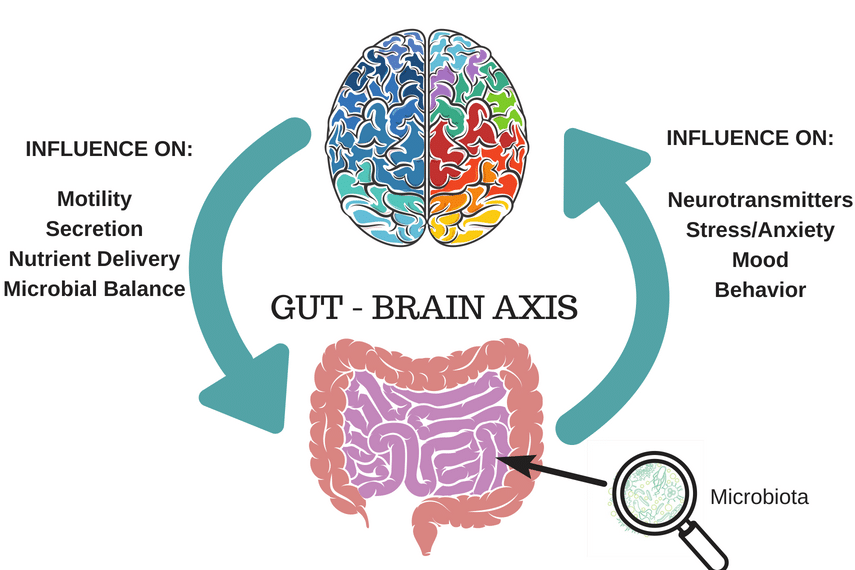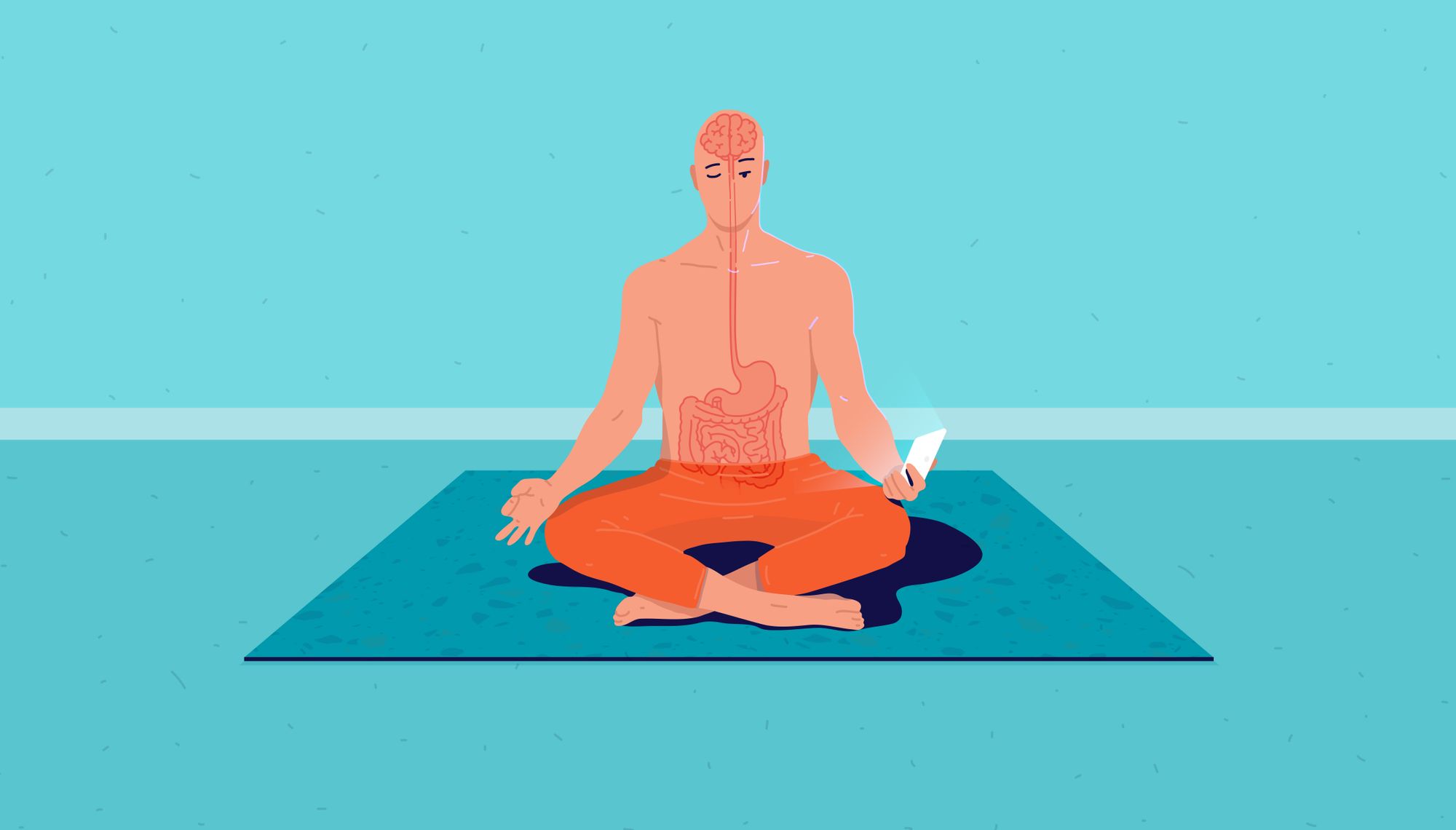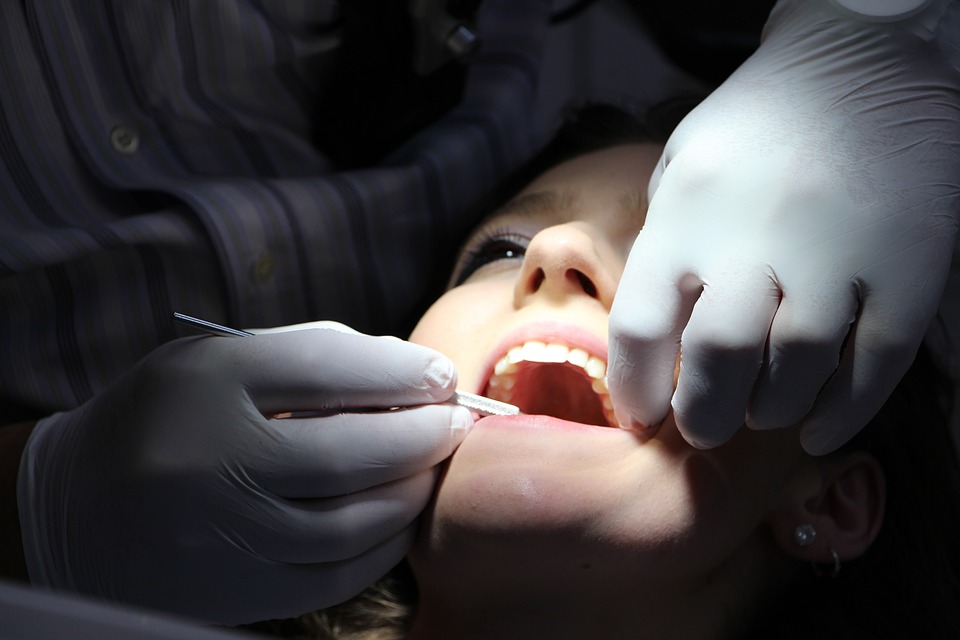
Background
We live with an astonishing number of microbes in our bodies. Recently, scientists have been finding increasing evidence that one’s microbial profile (the set of different types of bacteria within their bodies) is shaped at birth, often ‘inherited’ from a mother when babies pass through the birth canal. One’s microbial profile, along with the conditions within one’s body that create an environment that supports the growth of some bacteria and prevents the growth of others, is called microbiota. Its development and stabilisation co-occurs with the development of a child’s nervous system; abnormal microbiota development is suggested to cause disruption in later cognition and behaviour (Diaz et. al, 2016). Continue reading “The influence of the microbiome on brain development”




